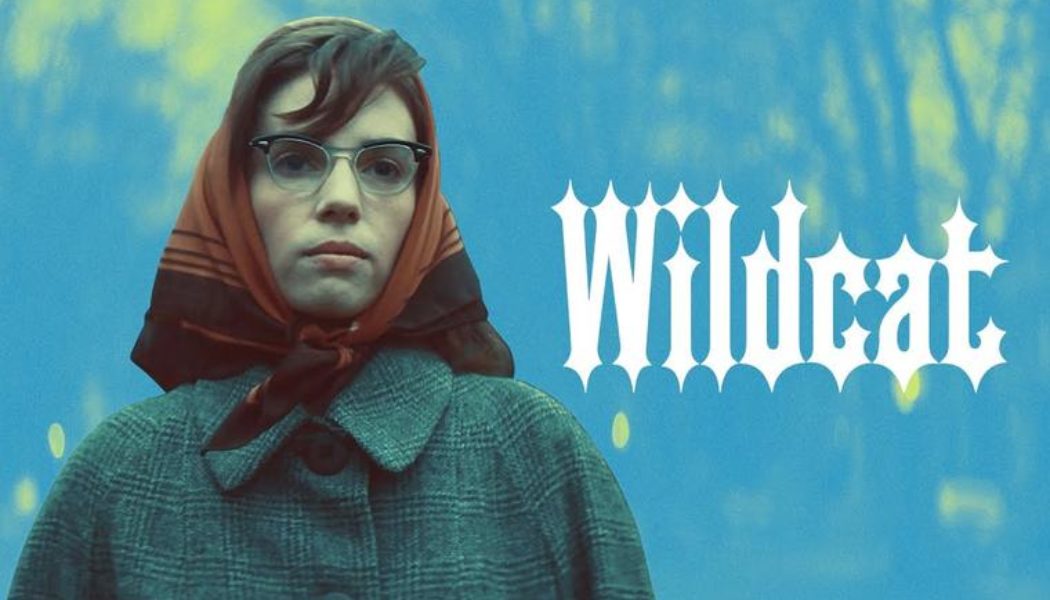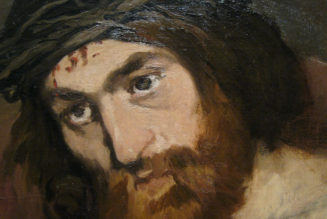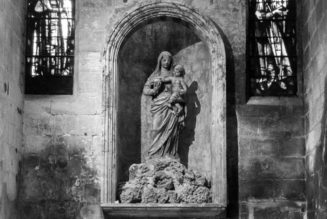
Flannery O’Connor spent most of her life living on Andalusia farm near Milledgeville, Georgia, with her mother. From her imagination emerged some of the most unforgettable characters in 20th-century American literature: Hulga, the one-legged intellectual who fancies herself better than the country bumpkins that surround her; Ruby Turpin, a proud farmer’s wife who categorizes people by race and class; a one-armed drifter who marries a dimwitted girl and abandons her at a truck stop.
O’Connor’s stories were often quite shocking, and many readers were repulsed by them. O’Connor knew she was writing for people who no longer believed in God, grace or the devil, and she longed to awaken them. Her aim was showing the outpouring of God’s grace that may be offered in terrible circumstances. The characters who accept the invitation to self-awakening are changed forever.
She saw the world as territory largely inhabited by the devil, and many stories probe the struggle between good and evil, damnation and redemption. She said, “I write the way I do because and only because I am a Catholic.” Despite negative reactions from family members, she persisted in her creative endeavors, turning out a collection of short stories and two novels before her death in 1964 at age 39. Another collection of stories, plus a book of essays and hundreds of letters, were published posthumously.
The movie Wildcat, directed by Ethan Hawke and starring his daughter Maya Hawke, attempts to explore the intersection between O’Connor’s everyday life, her faith and her fiction. Too often, the film emphasizes the sorrow of her struggle with lupus without showing how she carried this cross with grace and courage. The film also falters when portraying scenes of some stories and dwelling on the terrible events apart from grace. One of the movie’s challenges is depicting the battle between good and evil, and the revelations that come from grace, on the screen.
The opening scene gives viewers a wrenching glimpse of horror, but without a suggestion of grace. We see O’Connor at her typewriter, as a story unfolds in her imagination. The scene is stark and haunting, as the movie audience peers through the shattered windshield of a car. The only sound is the strangled breathing of an unseen person in the back seat. Way off in the distance, a figure approaches the car. As he gets closer, we realize he’s a young man in striped prisoner’s pants with scars zigzagged across his torso.
He opens the car door and drags a dead man from the driver’s seat, then looks into the backseat and utters a chilling line: “The world was made for the dead.” He points his gun directly at the whimpering person in the backseat. When the sound of a gunshot rings out, O’Connor is shown at her typewriter, recoiling as if she’d been hit. The reaction reveals she’s just as shocked by this turn of events as moviegoers are.
This scene suggests the inevitability of a terrible fate and the utter helplessness of the victim. It unlocks the mystery of the movie’s title, which is taken from an early story by O’Connor, Wildcat. The plot features an old, blind Black man named Gabriel, alone in his cabin, cowering in fear. Outside, a wildcat is prowling around, getting ever nearer. Despite reassurances from family members that they will trap and kill the cat, the old man is certain death is coming for him.
O’Connor contracted lupus when she was 25, the same disease that took her father’s life. Lupus comes from the Latin word for “wolf,” thus making a connection in the film between the approaching wildcat and the illness that stalked her for 14 years. The script’s overemphasis on her imminent death gives the film a bleak, foreboding atmosphere, punctuated by the sounds of a distant bell tolling and crows calling.
To make matters darker, O’Connor, as played by Maya Hawke, seems troubled and grim, as if she too were alone in a cabin, waiting for the cat to pounce. Even as she tells a joke about how she trained a chicken to walk backwards as a child, she maintains her morose demeanor. The film’s darkness overlooks the joy O’Connor experienced, despite the illness that had her on crutches by the time she was 30.
Viewers do momentarily see her lighten up when she picks up her peafowl at the train station. Too often, though, she seems to be ruminating over her impending death. True, the diagnosis first hit her hard, but she soon accepted the illness as God’s will. She was known to burst into laughter when reading her stories aloud, and she reveals a hilarious point of view about everyday events in her letters. She joked with a friend about her crutches: “I will henceforth be a structure with flying buttresses.” She remained joyful, despite the suffering that came with lupus. In a letter, she wrote, “It is better to pray than to grieve; and it is better to be joyful than to grieve.”
Her stories, despite their grotesque characters, have delicious touches of humor, and to the movie’s credit, this is shown in the dramatization of Good Country People. Hulga, a rather insufferable young woman with a wooden leg, gets her comeuppance at the hands of a Bible salesman, whose name is Manley Pointer. After luring her into a hayloft, he runs off with the appendage and delivers one of O’Connor’s most memorable lines: “You ain’t so smart! I been believing in nothing ever since I was born.”
Some stories depicted in Wildcat omit the essential element of grace. In The Life You Save May Be Your Own, the movie doesn’t show the vital scene where Mr. Shiftlet encounters a hitchhiker after leaving Lucynell at the truck stop. The hitchhiker puts Mr. Shiftlet in his place by revealing the ugly truth about him. It is at that point that Mr. Shiftlet turns down an offer of grace. In Everything That Rises Must Converge, the script doesn’t give viewers a hint that Julian experiences a grace-filled self-awakening after his mother dies.
The film soars when it offers lovely glimpses of O’Connor’s faith in action, as viewers see her kneeling at Mass and praying, while she beseeches God, “Please give me a good story.” We also see the famous scene, where she was seated at a dinner party, while the hostess, an ex-Catholic, pontificated on the Eucharist, calling it a fine symbol. “Well, if it’s a symbol, the hell with it,” O’Connor responded.
Her grappling with a possible conflict between her Catholic faith and the shocking tone of her stories is beautifully portrayed when the parish priest, played by Liam Neeson, visits her at her bedside. She frets that perhaps her stories aren’t coming from God, given the violent themes. She also worries about scandalizing people. The priest nicely dispenses with that issue: “People always imagine themselves to be scandalized by one thing or another.” He then asks, “Is your writing honest? Is your conscience clear?” She nods. “Then the rest is God’s business,” he says.
The priest’s comment is true of her life and her stories. Everything is in the merciful hands of God, including O’Connor’s suffering and her stories. As St. Thérèse of Lisieux, one of O’Connor’s favorite saints, put it: “Everything is a grace.”









